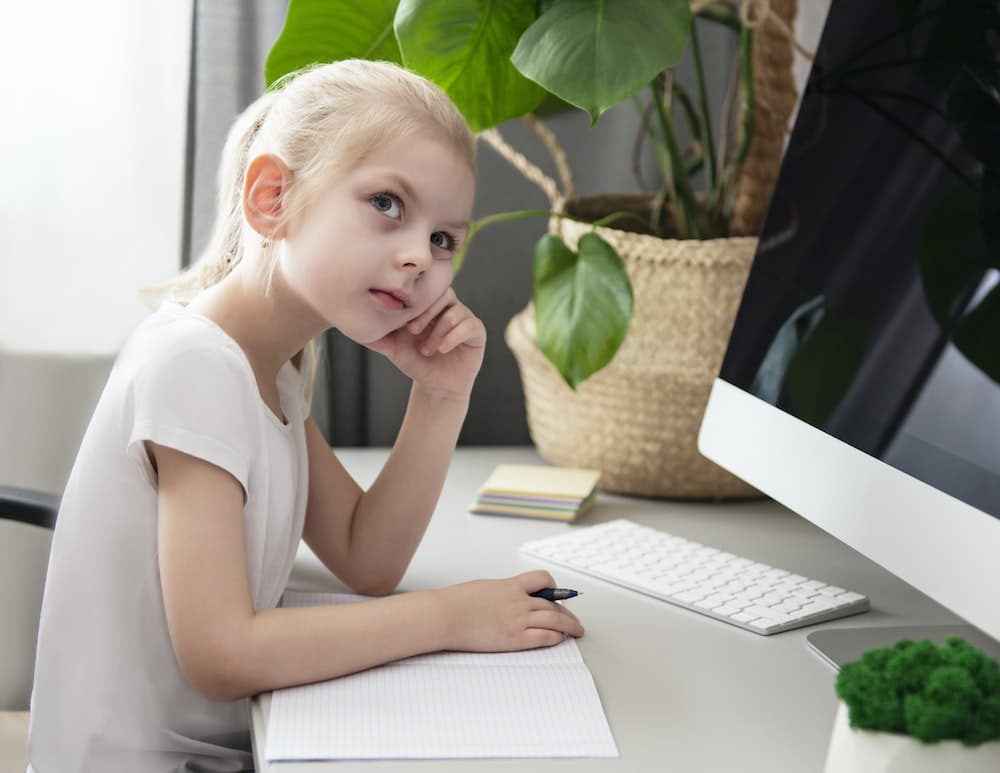How to Use Virtual Reality for Historical Education in Schools?

Virtual Reality (VR), a technology once reserved for video games and entertainment, is now permeating the world of education, transforming the way students learn and explore. This innovative tool is changing the face of classroom learning, offering immersive experiences that enable students to explore historical events, cultures, and times in a unique and engaging way. Yet, how can schools effectively bring this technology to the history classroom?
Understanding the Basics of Virtual Reality in Education
Virtual Reality is a technology that creates a simulated environment, enabling users to interact with a three-dimensional world. In education, this technology opens up new avenues for learning, allowing students to immerse themselves in the lessons, thereby enhancing their understanding and retention of the material.
Cela peut vous intéresser : What Are the Challenges of Implementing AI in UK’s Public Service Sector?
Through virtual field trips, students can visit historical sites, engage with historical figures, or even travel back in time to experience significant historical events. This brings history to life, sparking students’ curiosity and encouraging them to delve deeper into the subject.
Integrating Virtual Reality Into The History Classroom
Incorporating VR into the classroom requires careful planning and thoughtful execution. To start, educators must identify the appropriate VR experiences that align with their curriculum. This ensures that the VR activities are not only enjoyable but also educational and relevant to the material at hand.
Cela peut vous intéresser : How to Create a Personalized Learning Environment with AI Tutors?
Virtual Reality can also be used to facilitate collaborative learning. By creating a shared virtual space, students can learn together, exploring historical sites or discussing historical events. This encourages peer-to-peer learning and helps develop teamwork and communication skills, which are essential for students’ overall growth and development.
Furthermore, VR experiences can cater to different learning styles. Whether your students prefer visual, auditory, or kinesthetic learning, VR can adapt to their needs, providing a personalized learning experience for each student.
Making History Come Alive With Virtual Reality
The beauty of using VR in historical education lies in its ability to transform abstract, intangible concepts into tangible, interactive experiences. Students can explore ancient civilizations, witness historical events firsthand, or interact with historical figures, all within the safety of their classroom.
For instance, imagine the impact on students when they can watch the signing of the Declaration of Independence, walk through the streets of ancient Rome, or observe the construction of the Egyptian pyramids in its time. These immersive experiences make history more engaging, facilitating deeper understanding and appreciation of the subject.
Advancements in Virtual Reality for Historical Education
Technological advancements have paved the way for more sophisticated VR experiences. Nowadays, students can explore history in far greater detail, thanks to the integration of artificial intelligence and machine learning. These technologies allow the VR system to adapt according to the students’ interactions, making the experience more immersive and realistic.
Moreover, the development of haptic technology enables students to not only see and hear but also feel the virtual environment. This brings a whole new level of realism to the VR experience, further enhancing students’ learning.
The Future: Virtual Reality in Historical Education
The use of VR in historical education is just the beginning. As technology advances, we can expect more immersive, interactive, and realistic VR experiences that will revolutionize how students learn history.
In the future, we could see more widespread use of VR in schools, as the technology becomes more affordable and accessible. Imagine a world where every history lesson is an adventure, where students can not only learn about history but also live it. This is the potential of Virtual Reality in historical education.
The journey of integrating VR into historical education may be challenging, but the benefits it brings to students’ learning are undeniable. As educators, let’s embrace this technology and harness its power to transform our classrooms into portals to the past, providing our students with memorable, engaging, and educational experiences.
Embracing Virtual Reality as a Tool for Cultural Heritage Preservation
As we work to make history more engaging and accessible, it’s important to acknowledge that virtual reality can also serve as a valuable tool for preserving cultural heritage. By creating virtual replicas of important historical sites and artifacts, we can ensure that cultural treasures are not only preserved for future generations but also made accessible to students around the world.
Students can now virtually visit the Colosseum in Ancient Rome, the Great Wall of China, or the Pyramids of Egypt without leaving their classrooms. Not only does this aid in reducing the cost and logistics of physical field trips, it also allows students to explore these sites in their entirety, something that isn’t always possible in a physical visit.
Moreover, VR technology enables the preservation of historical sites in their prime condition. For instance, with VR, students can witness the Notre Dame Cathedral in its original glory before the devastating fire in 2019. Such experiences are impossible to recreate in a traditional classroom setting, thereby making VR a game-changer in history education.
Virtual reality can also aid in preserving intangible cultural heritage, such as traditional dances, music, and rituals. Students can participate in these cultural activities virtually, thereby gaining a deeper understanding and appreciation of various cultures and traditions.
Leveraging Augmented Reality for Enhancing Learning Experiences
While Virtual Reality completely immerses students in a different environment, Augmented Reality (AR) superimposes digital information onto the real-world view. This blend of the virtual and real worlds can create unique and enhanced learning experiences for students.
For instance, imagine a history lesson where students can point their tablets at a map of the world, and AR overlays show the changes in geopolitical boundaries over the centuries. Or, during a lesson on the American Civil War, students can use AR to bring up 3D models of key historical figures or display animated battles on their desks.
Augmented Reality can also be used to enrich field trips, both virtual and physical. For instance, while visiting a historical site, students can use AR to view additional information about certain monuments or to visualize how the site may have looked in the past.
By using AR and VR in tandem, educators can create a fully immersive and interactive learning experience that caters to the diverse learning styles of their students, thereby enhancing student engagement and promoting active learning.
Conclusion: The Promise of Virtual Reality in Historical Education
The advent of Virtual Reality in historical education brings an unprecedented level of interactivity and immersion to classroom learning. By allowing students to see, hear, and even feel history, VR transforms passive learning into an active, engaging experience.
Despite the potential challenges in implementing this technology, the benefits are manifold. From augmenting traditional teaching methods to preserving cultural heritage and enhancing field trips, VR provides a comprehensive and immersive learning experience that is hard to match.
As technology continues to evolve, we can expect more innovative applications of VR and AR in education. The future holds the promise of even more immersive and personalized learning experiences. The key is for educators to stay open-minded and adaptable to harness the power of these technologies to create memorable and effective history lessons.
In the future, when students hear the phrase "history lesson," they might not think of thick textbooks or long lectures, but of exciting journeys to ancient Rome, immersive experiences at historical sites, and witnessing firsthand the events that have shaped our world. This is the exciting potential of Virtual Reality in historical education.
